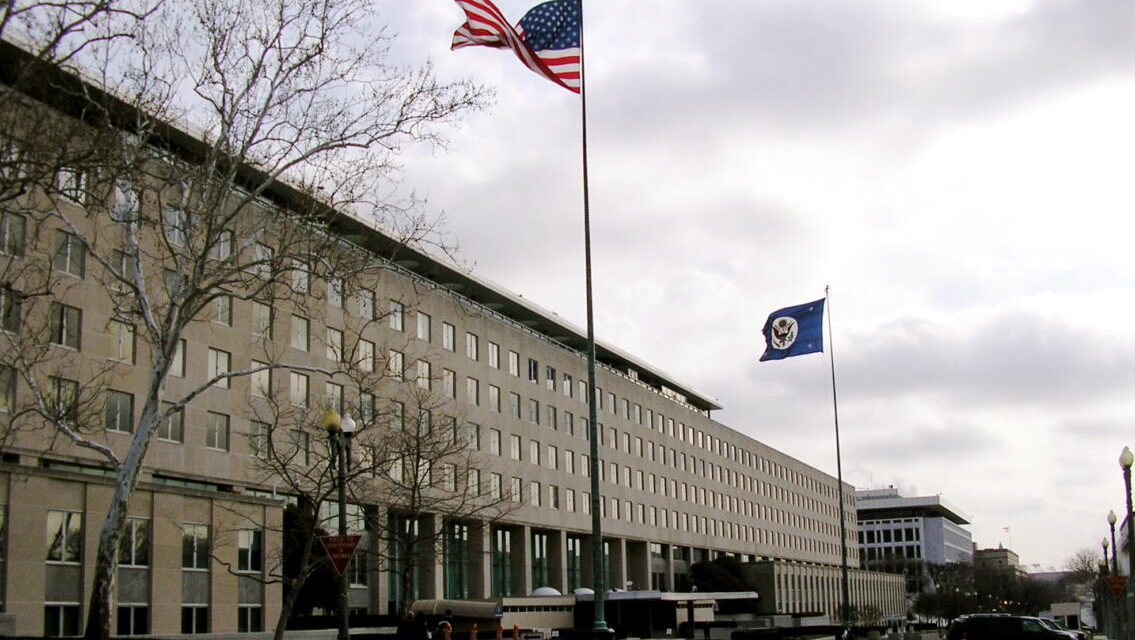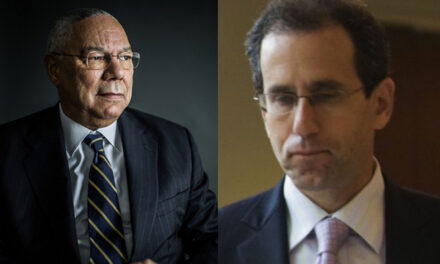.
Chemical weapons experts still skeptical about U.S. claim that Syria used sarin
WASHINGTON (McClatchy) — Chemical weapons experts voiced skepticism about U.S. claims that the government of Syrian President Bashar Assad had used the nerve agent sarin against rebels on at least four occasions this spring, saying that while the use of such a weapon is always possible, they’ve yet to see the telltale signs of a sarin gas attack, despite months of scrutiny.
“It’s not unlike Sherlock Holmes and the dog that didn’t bark,” said Jean Pascal Zanders, a leading expert on chemical weapons who until recently was a senior research fellow at the European Union’s Institute for Security Studies. “It’s not just that we can’t prove a sarin attack, it’s that we’re not seeing what we would expect to see from a sarin attack.”
Foremost among those missing items, Zanders said, are cellphone photos and videos of the attacks or the immediate aftermath.
“In a world where even the secret execution of Saddam Hussein was taped by someone, it doesn’t make sense that we don’t see videos, that we don’t see photos, showing bodies of the dead, and the reddened faces and the bluish extremities of the affected.”
White House foreign policy adviser Benjamin Rhodes gave dates and places for the alleged attacks – March 19 in the Aleppo suburb of Khan al-Assal; April 13 in the Aleppo neighborhood of Shaykh Maqsud; May 14 in Qasr Abu Samrah in Homs province, and May 23 in Adra, east of Damascus. But he provided no details of the fighting that was taking place or the number of dead in each incident. He said the United States estimated that 100 to 150 had died in all.
Syrian Troops Restore Security to 13 Towns in Hama – June 2013
Sarin gas use confirmed in Syria
PARIS (AP) June 5, 2013 – France said it has confirmed that the nerve gas sarin was used “multiple times and in a localized way” in Syria, including at least once by the regime. Britain later said that tests it conducted on samples taken from Syria also were positive for sarin.
The back-to-back announcements left many questions unanswered, highlighting the difficulties of confirming from a distance whether combatants in Syria have crossed the “red line” set by President Barack Obama. The regime of Syrian President Bashar Assad has refused to allow U.N. investigators into the country.
The French and British findings, based on samples taken from Syria, came hours after a U.N. team said it had “reasonable grounds” to suspect small-scale use of toxic chemicals in at least four attacks in March and April.
The U.N. probe was conducted from outside Syria’s borders, based on interviews with doctors and witnesses of purported attacks and a review of amateur videos from Syria. The team said solid evidence will remain elusive until inspectors can collect samples from victims directly or from the sites of alleged attacks.
Some experts cautioned that the type of evidence currently available to investigators – videos, witness reports and physiological samples of uncertain origin – leaves wide doubts.
Bodily effects of chemical warfare – tell tale signs nerve agents
Battles raging in the strategic, predominantly Kurdish neighbourhood of Aleppo
ALEPPO district of Sheikh Maqsud (Khaleej Times/AFP) March 31, 2013 – The Observatory and Syrian state media reported that rebels had killed a pro-regime Sunni cleric in the neighbourhood, dragging his body through the streets afterwards. Sheikh Hassan Seifeddin “was killed overnight by rebel fighters in the east of the area and his body was dragged through the streets,” the Observatory said.
State news agency SANA reported that Seifeddin was “assassinated by terrorists who mutilated his body afterwards,” while official television station Al-Ikhbariya said he had been “slaughtered” and beheaded.
“The ulema (clerics) of Aleppo denounce this despicable crime committed by the enemies of humanity who assassinated Sheikh Hassan Seifeddin and laid his head on the minaret of Al Hassan mosque in Sheikh Maqsud,” the station reported. More than 30 people have been killed in the neighbourhood since the fighting began, according to the Observatory, which said 146 people were killed throughout Syria.







